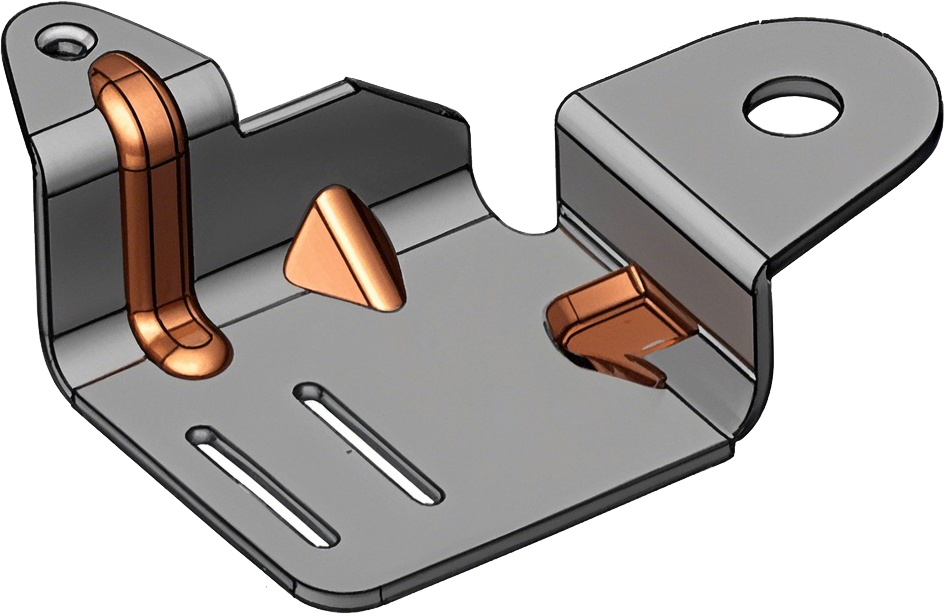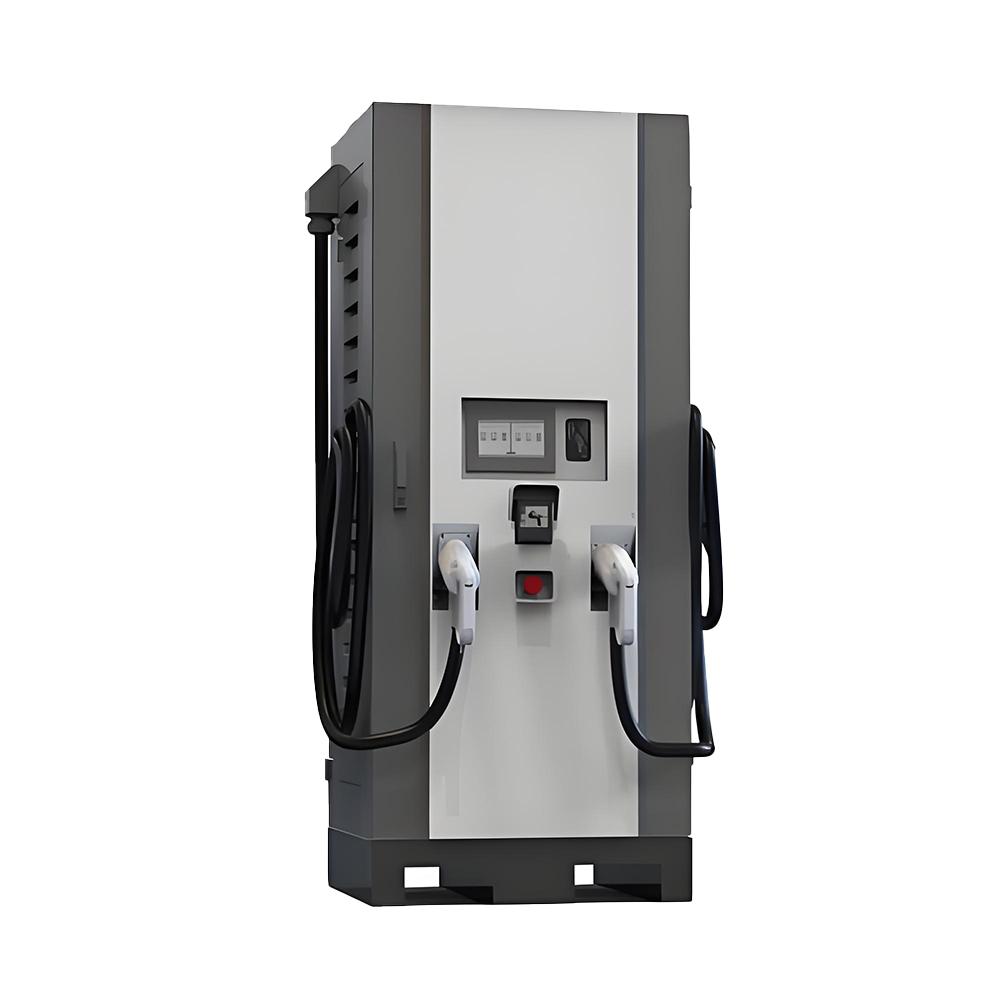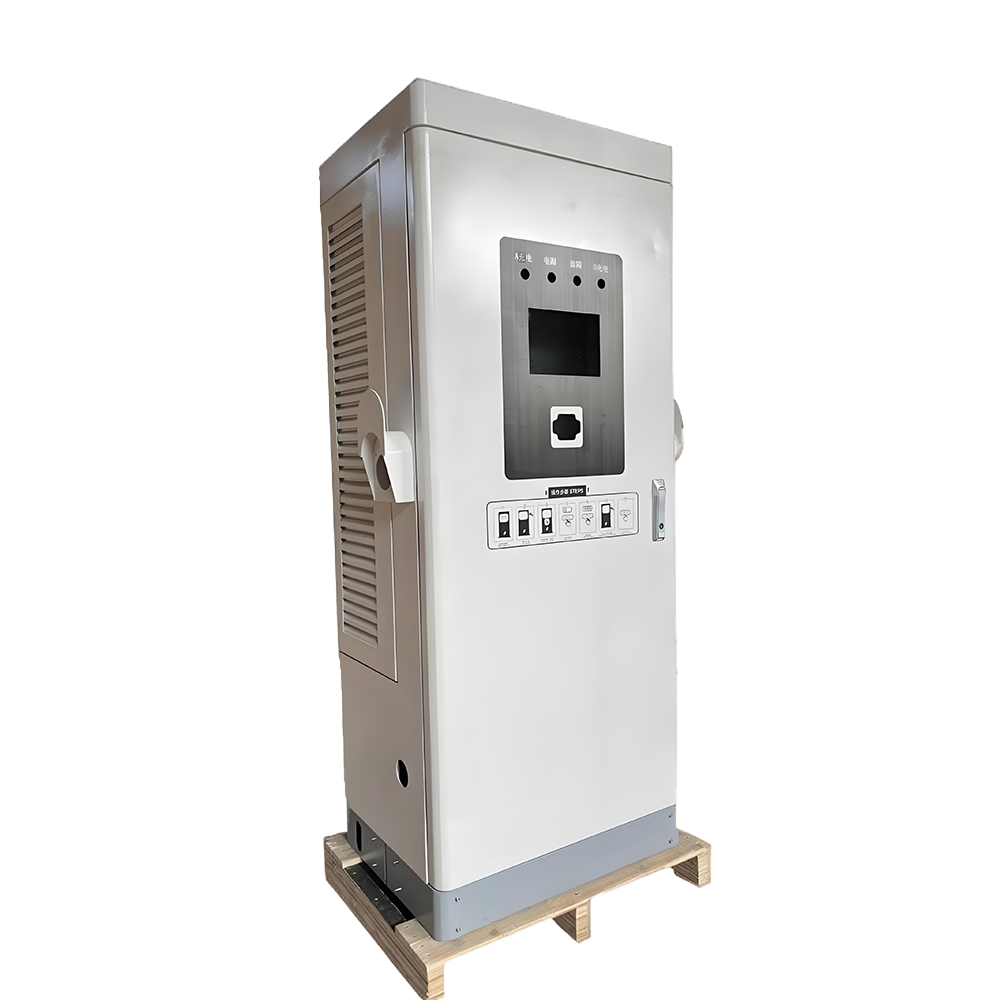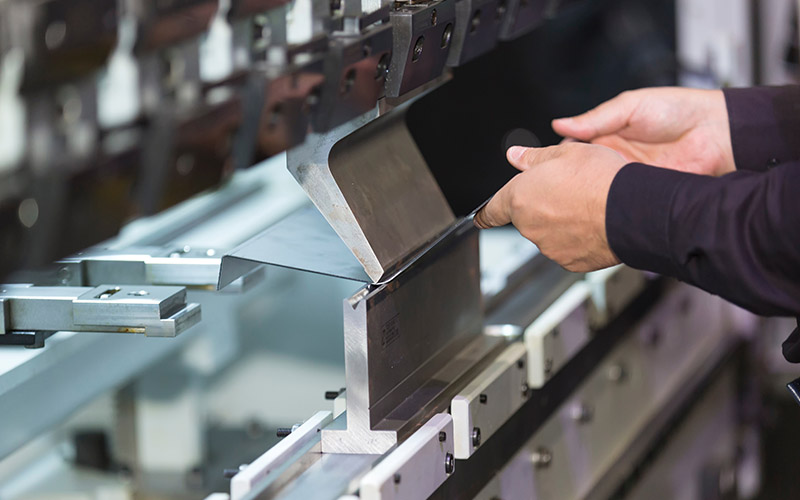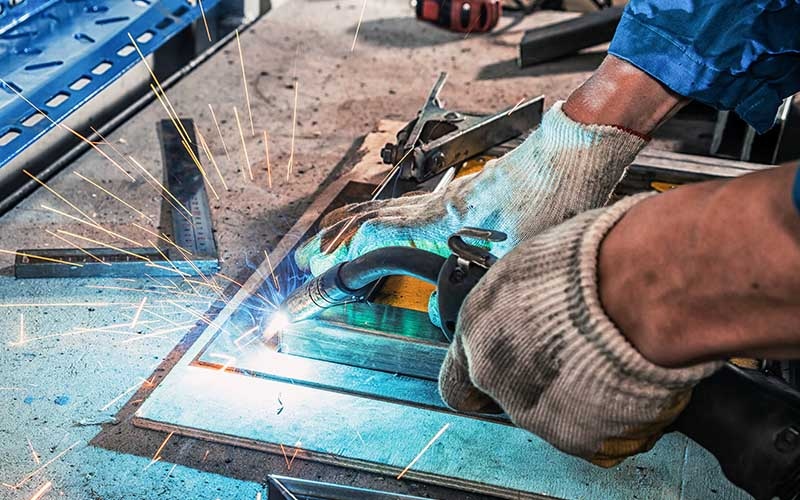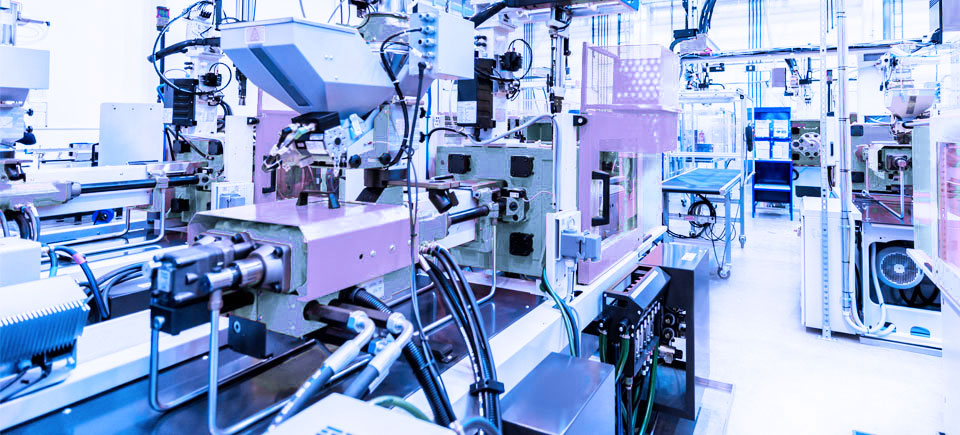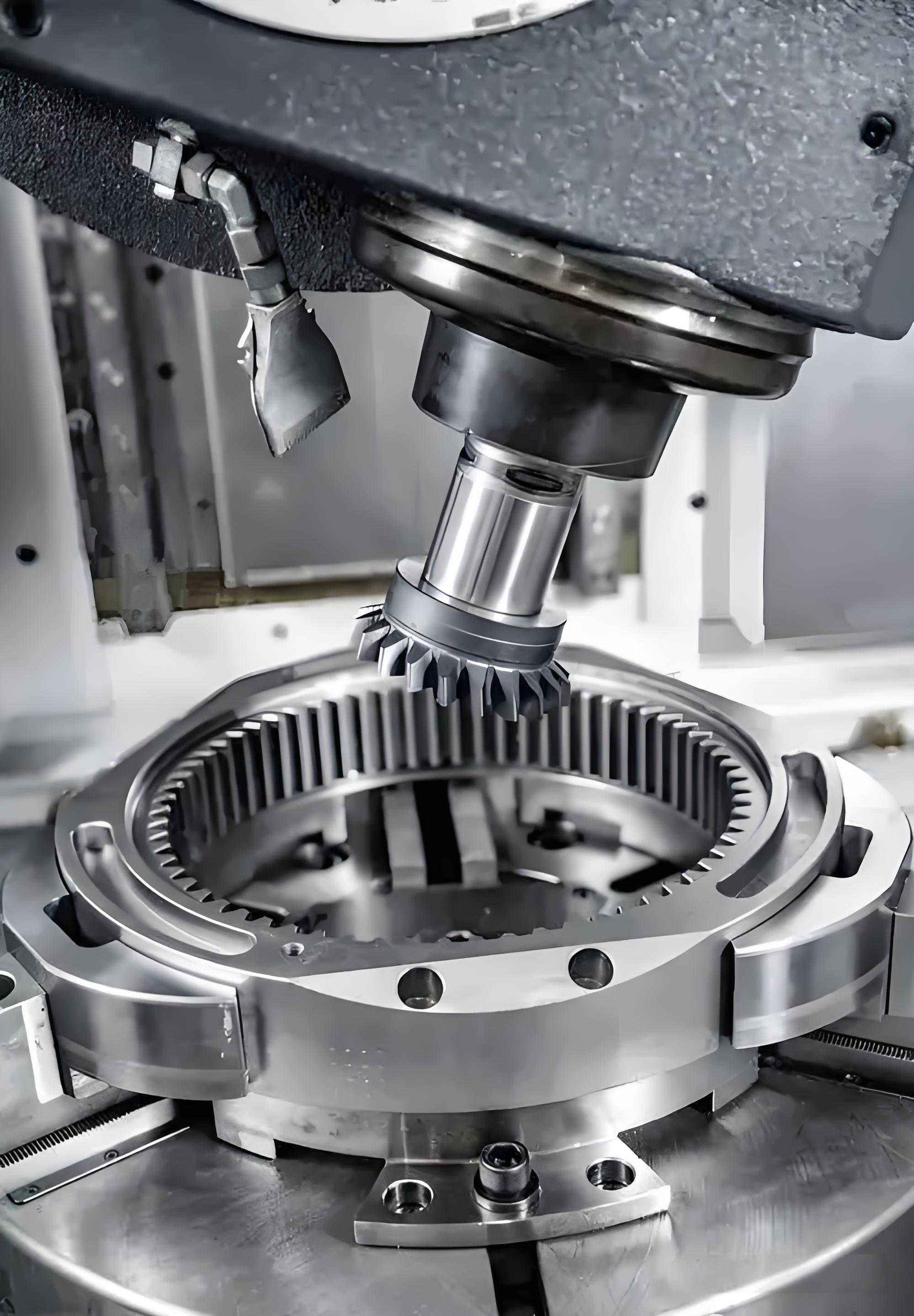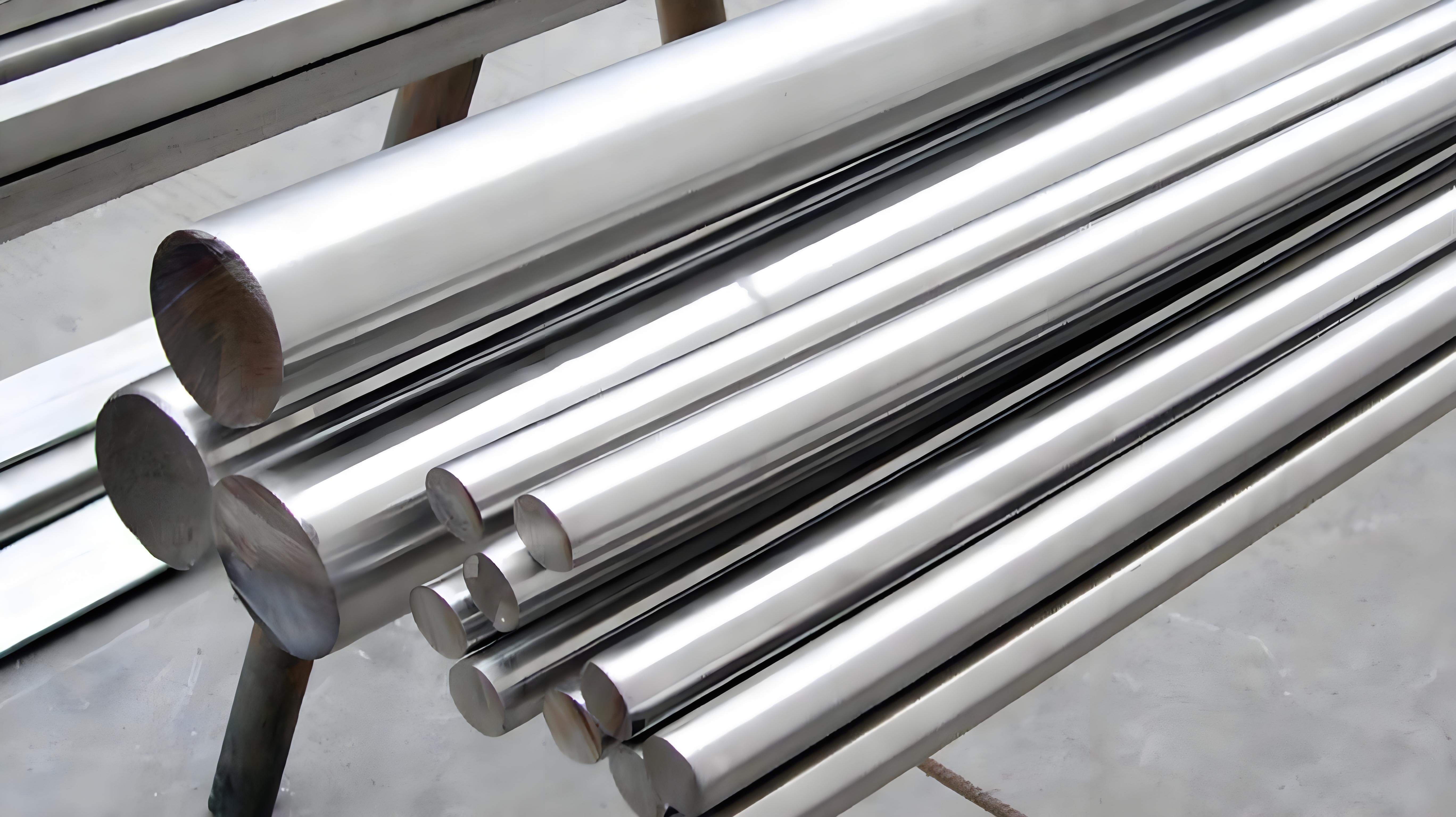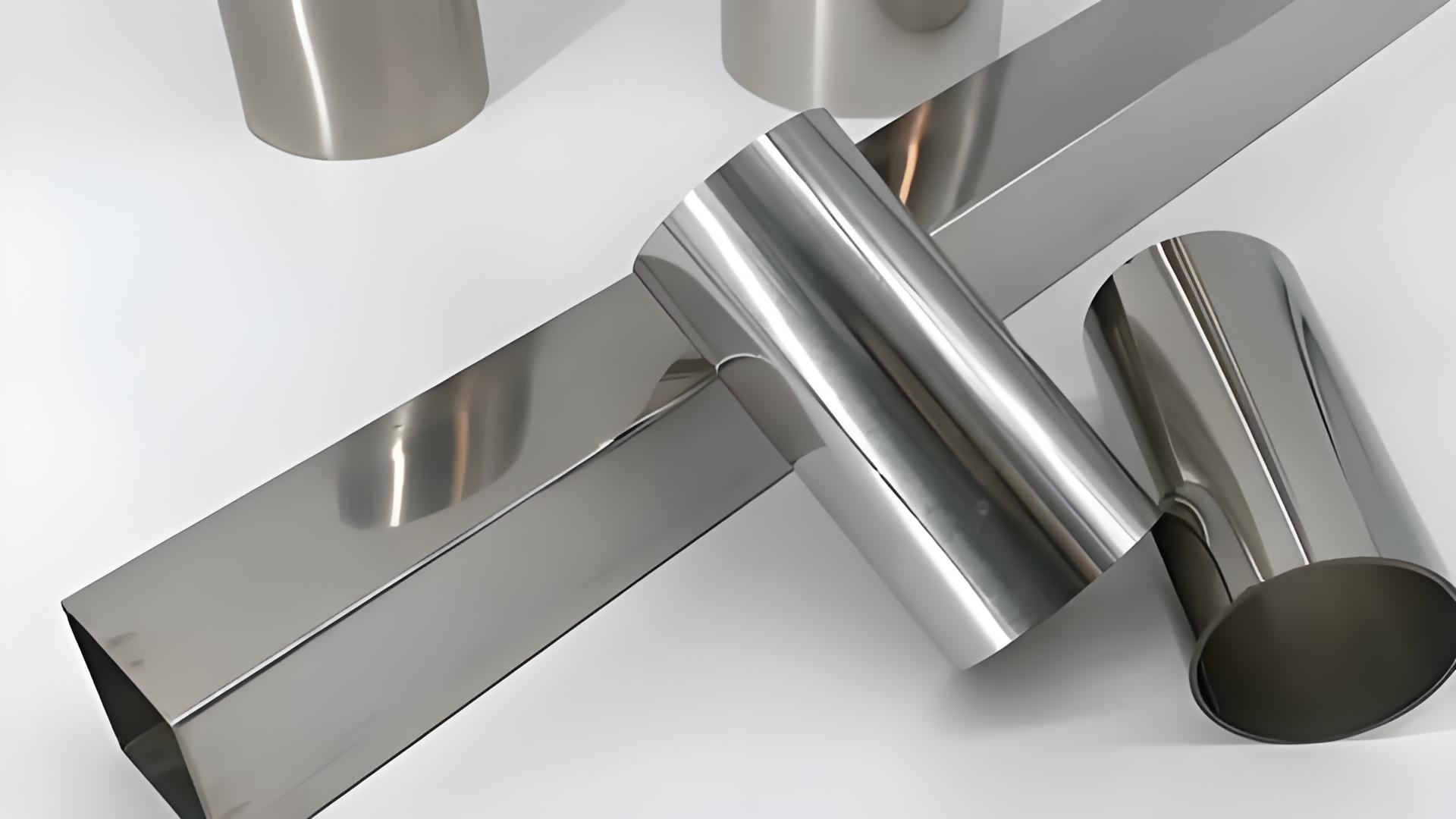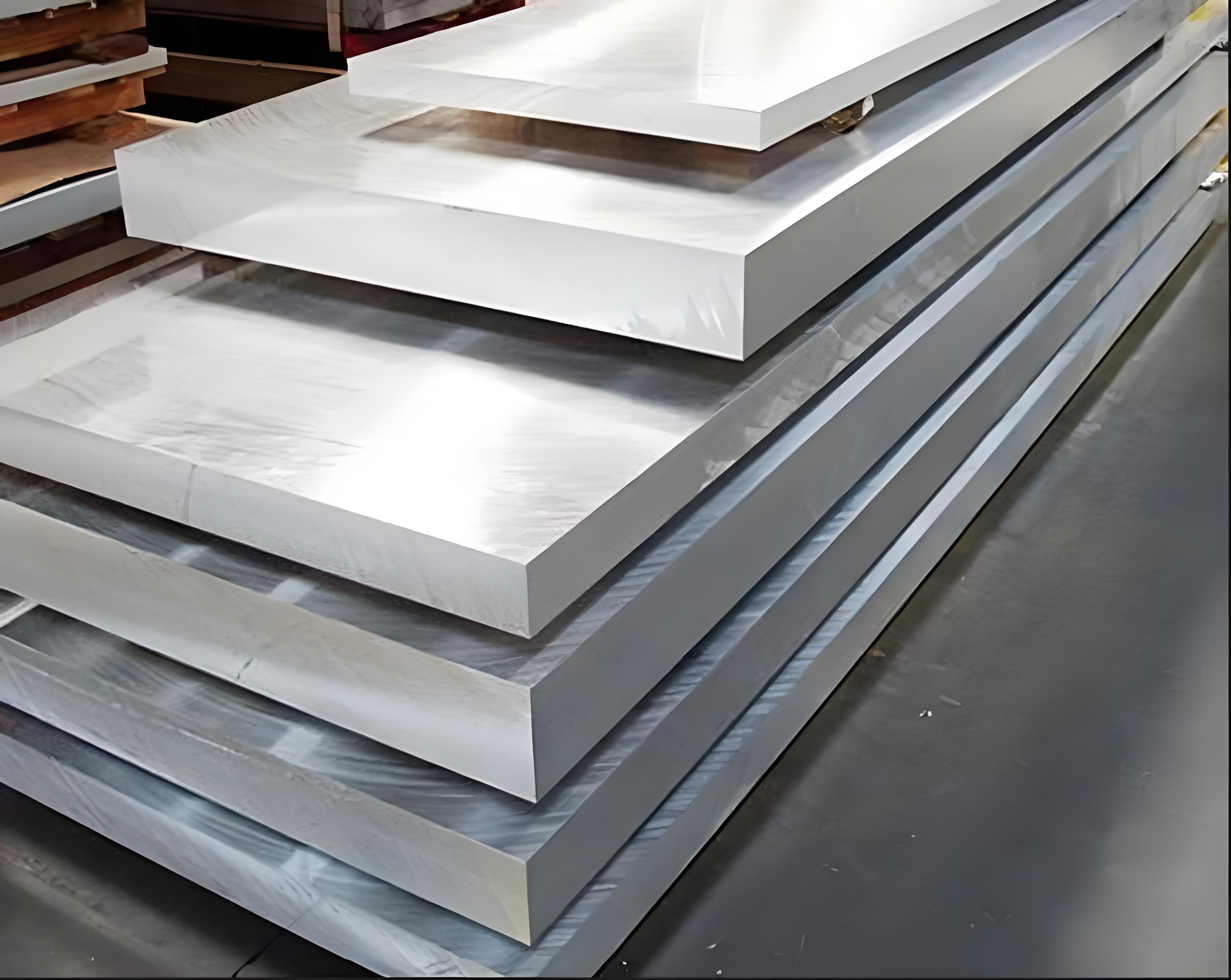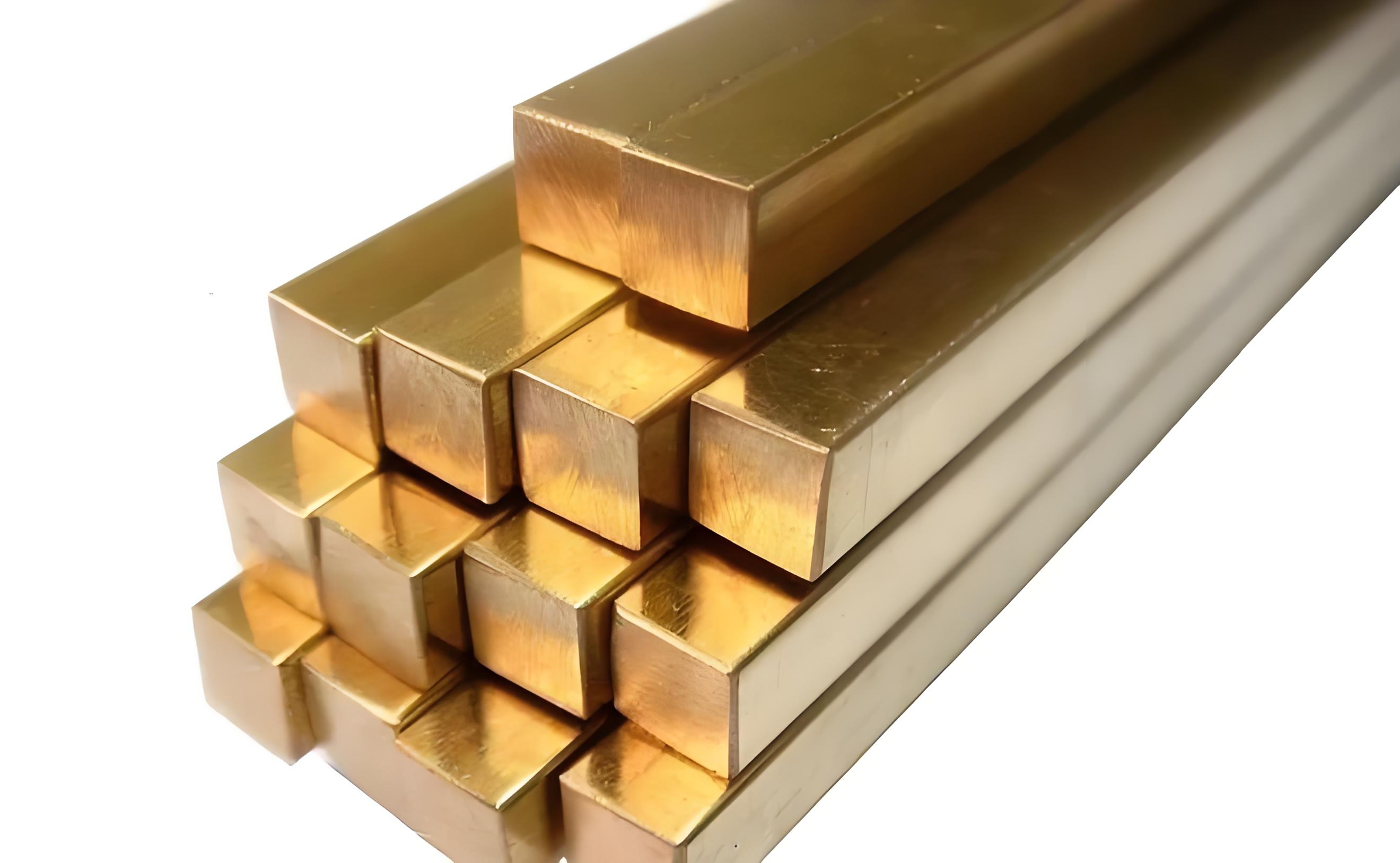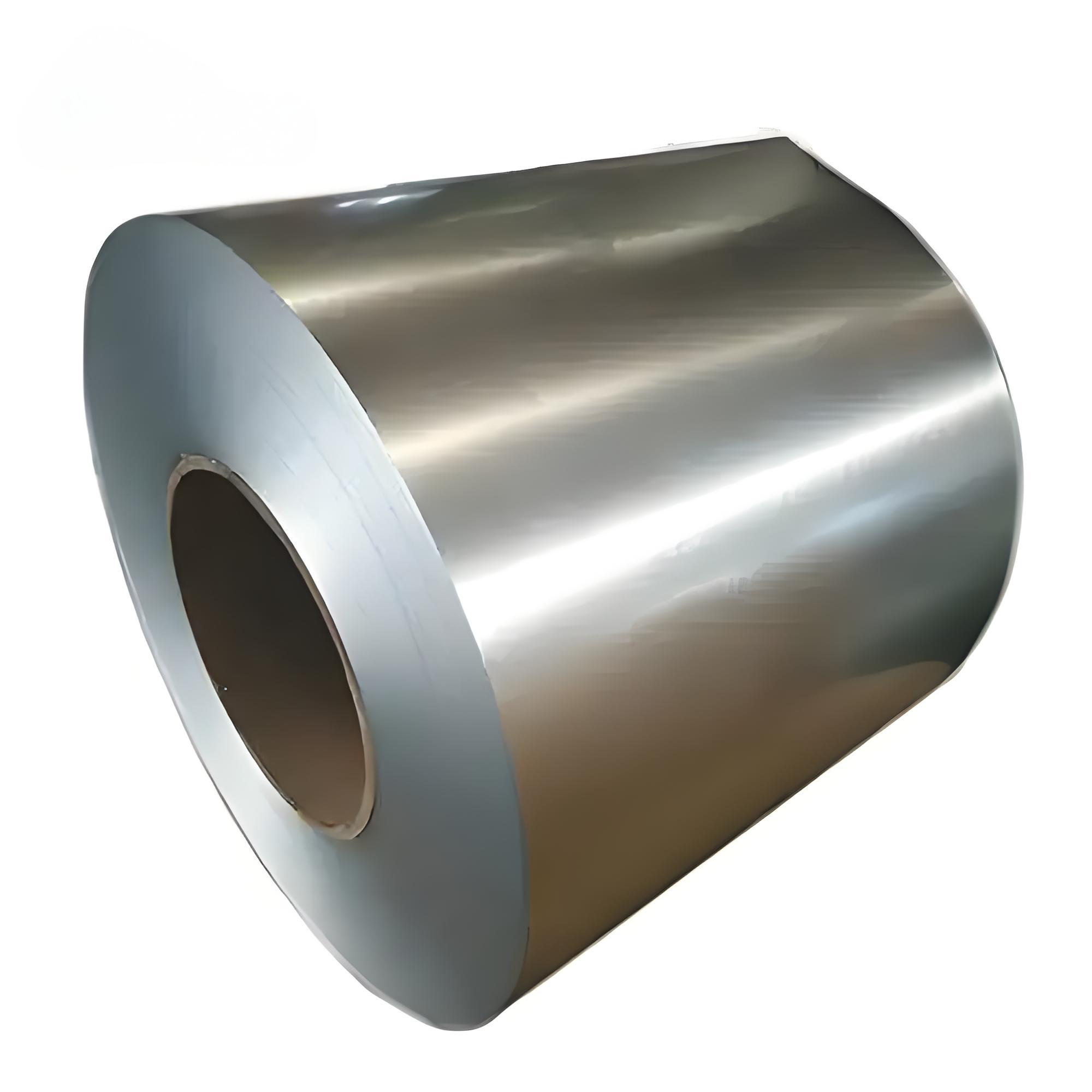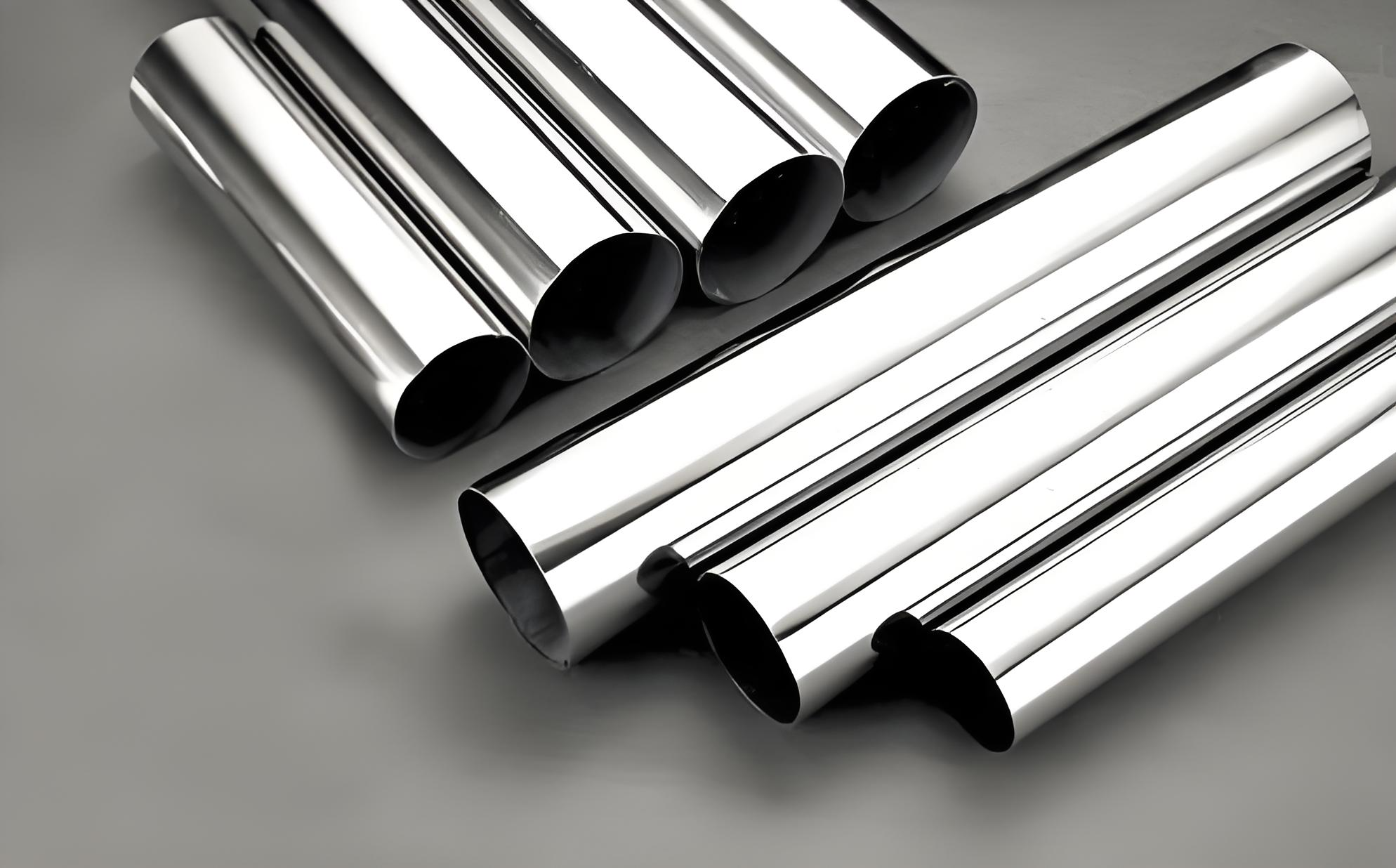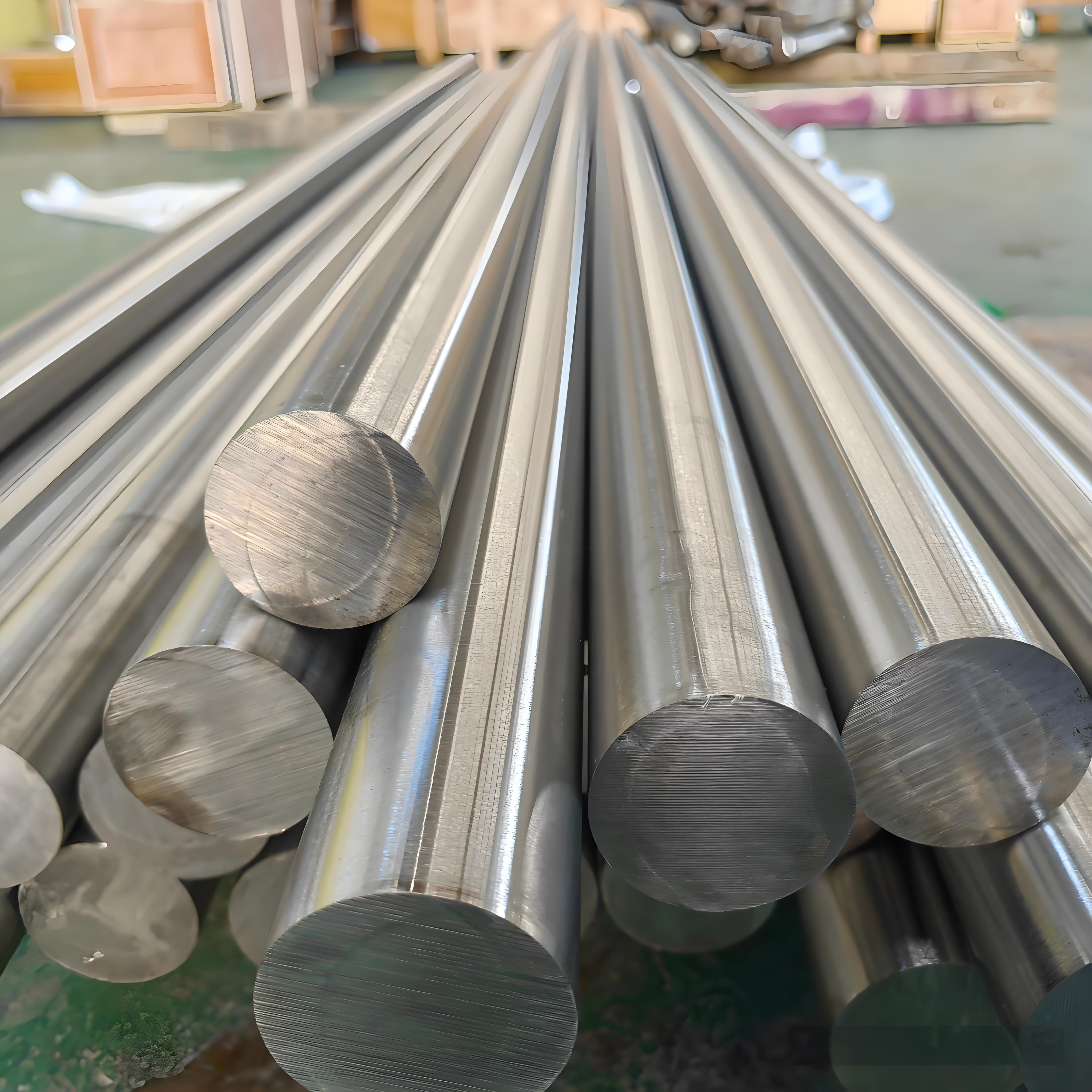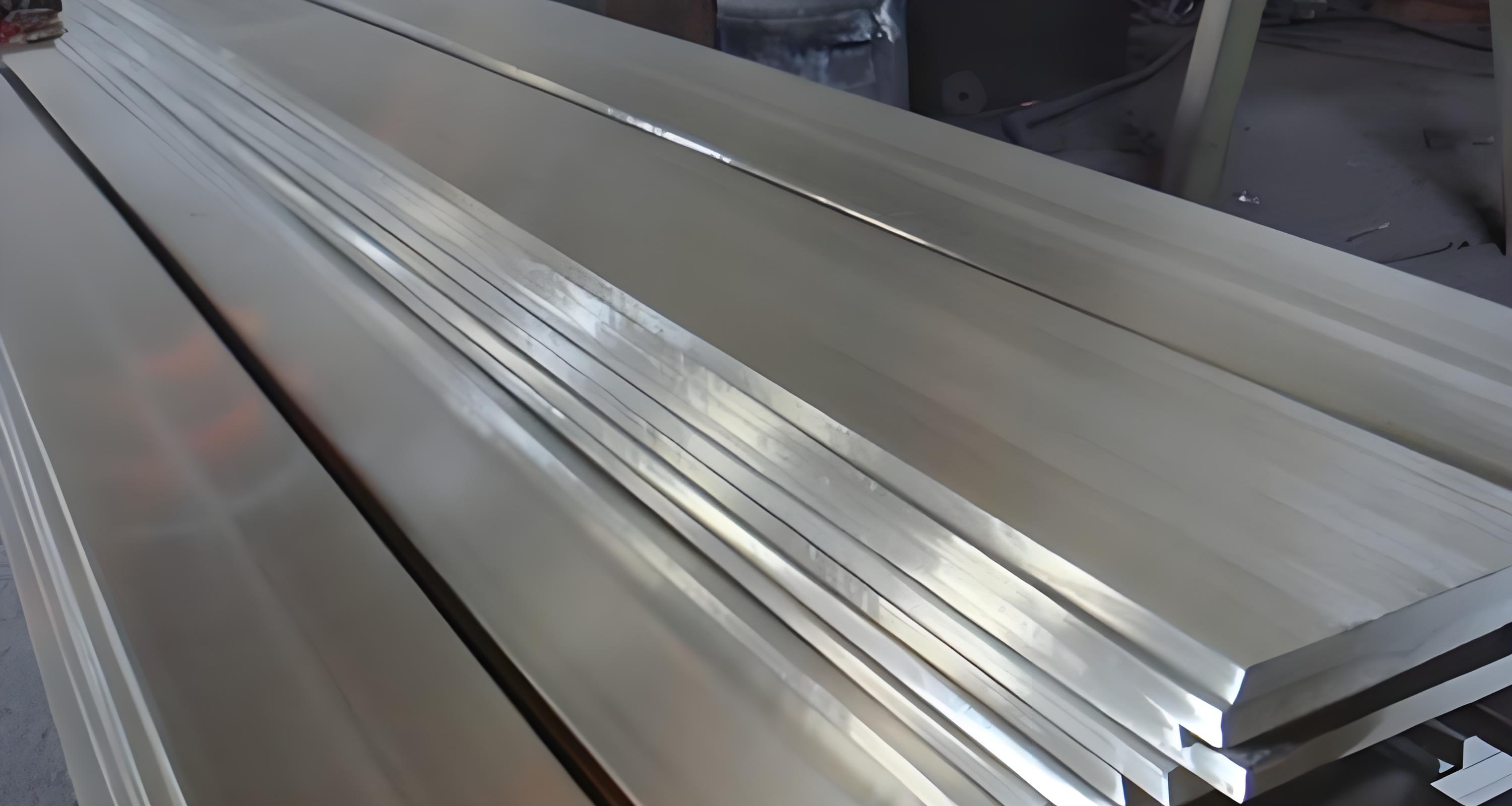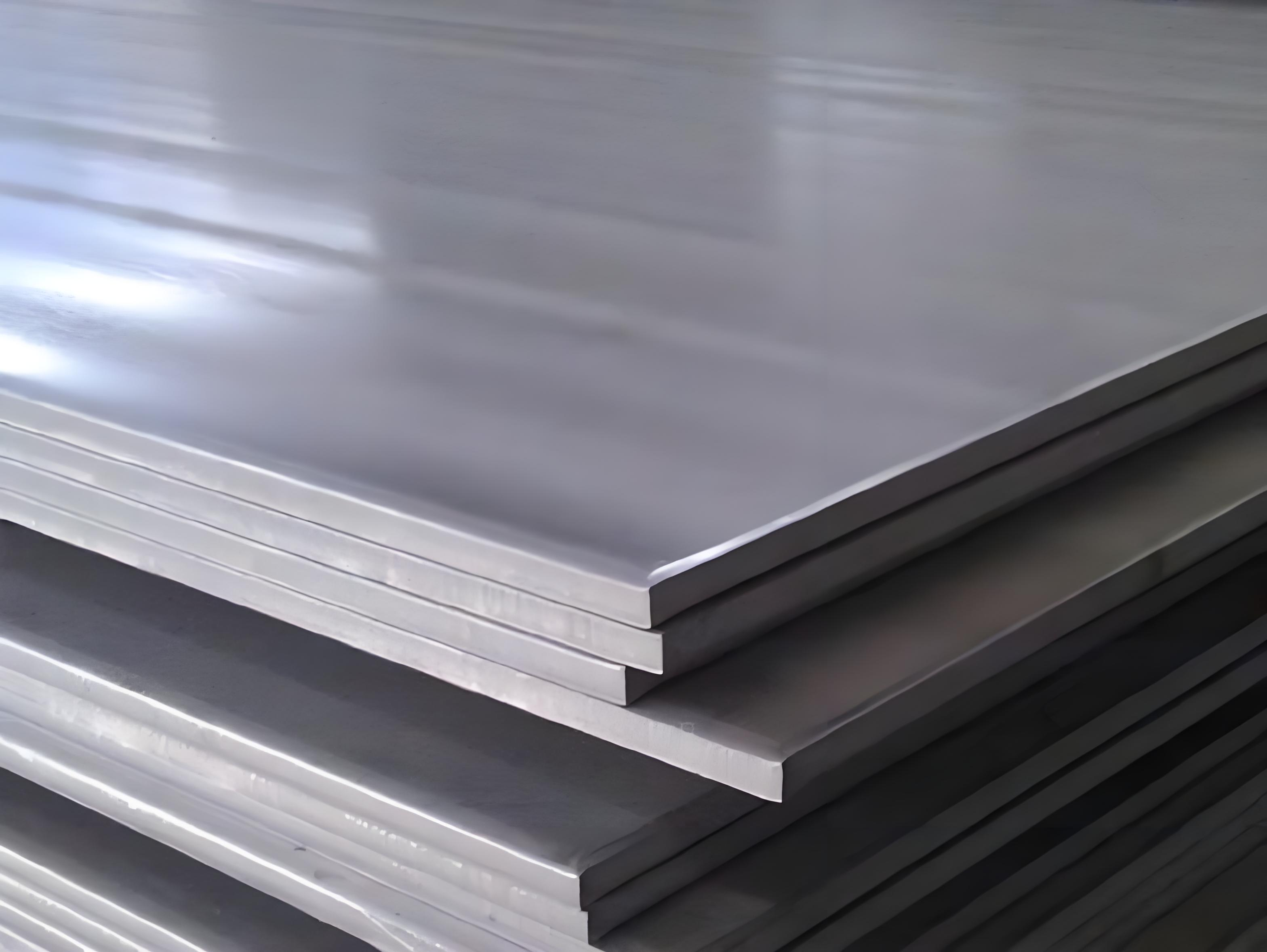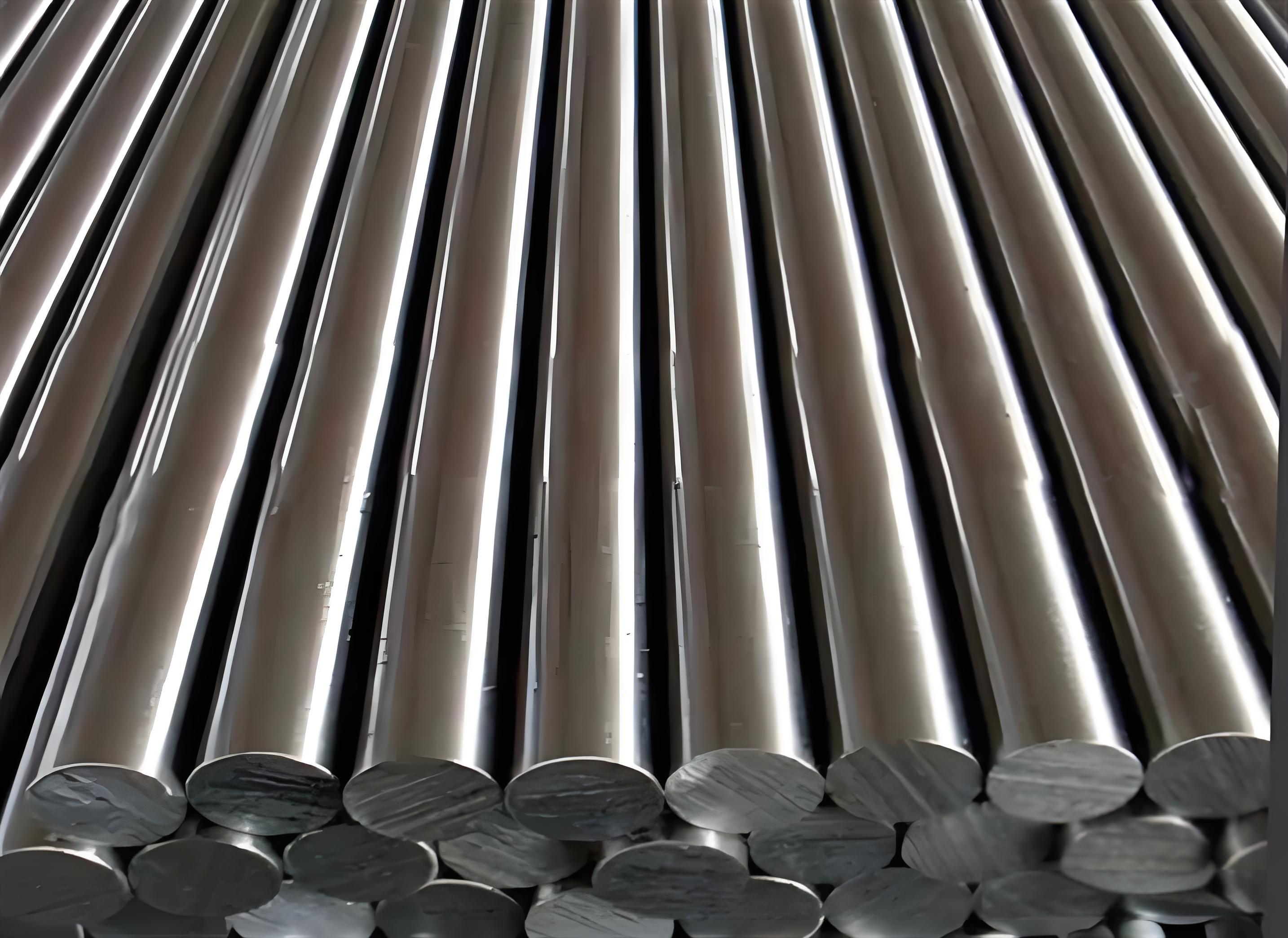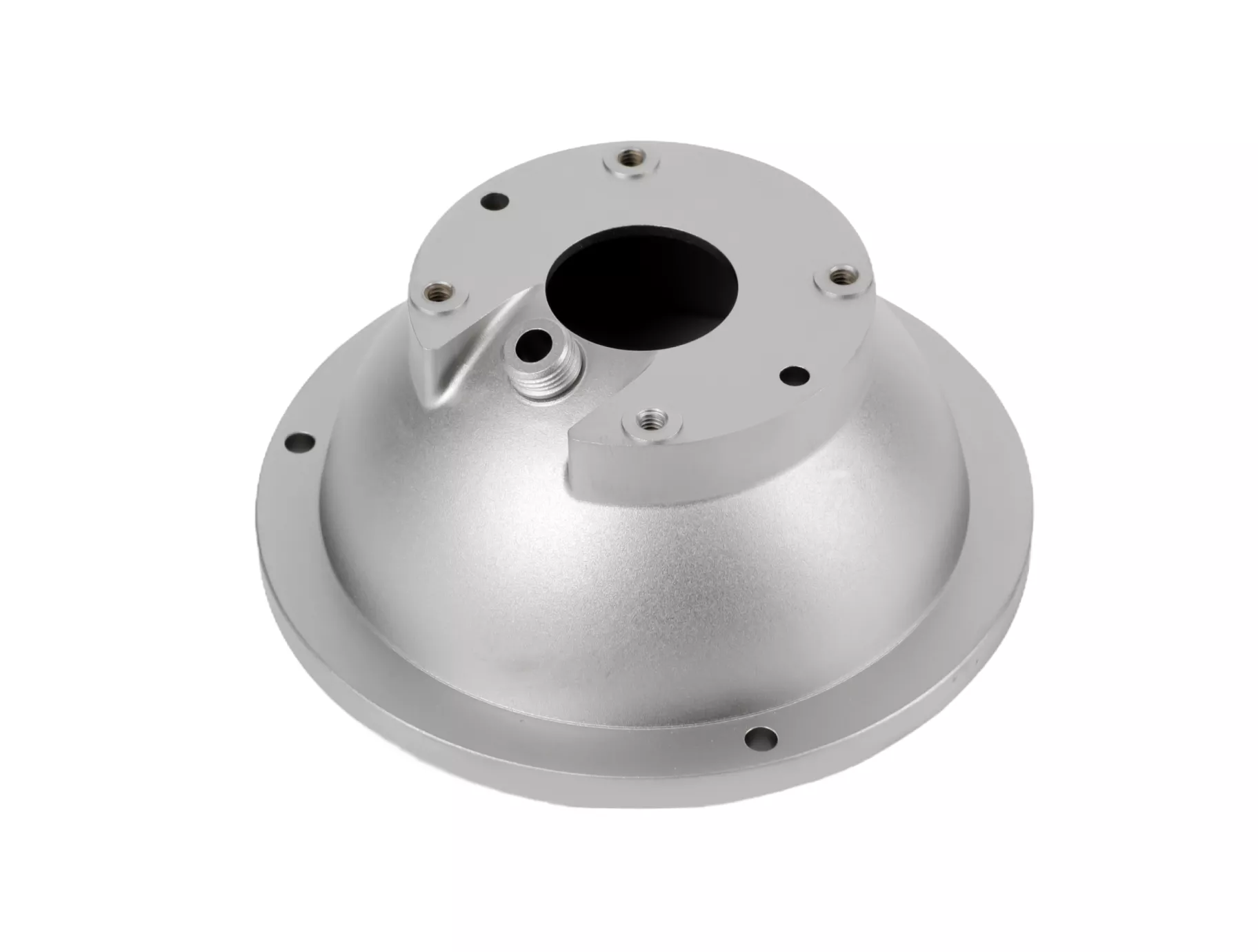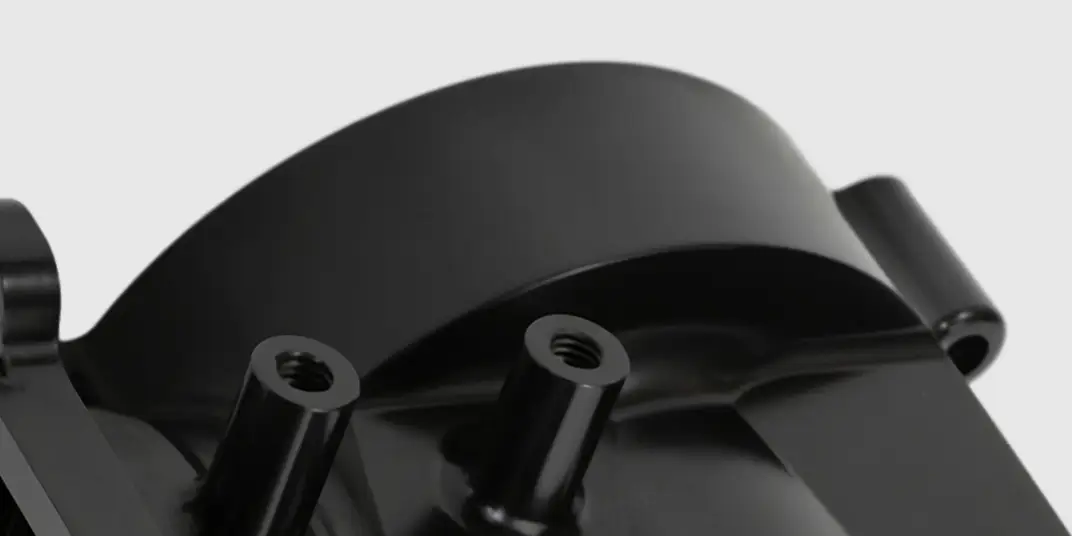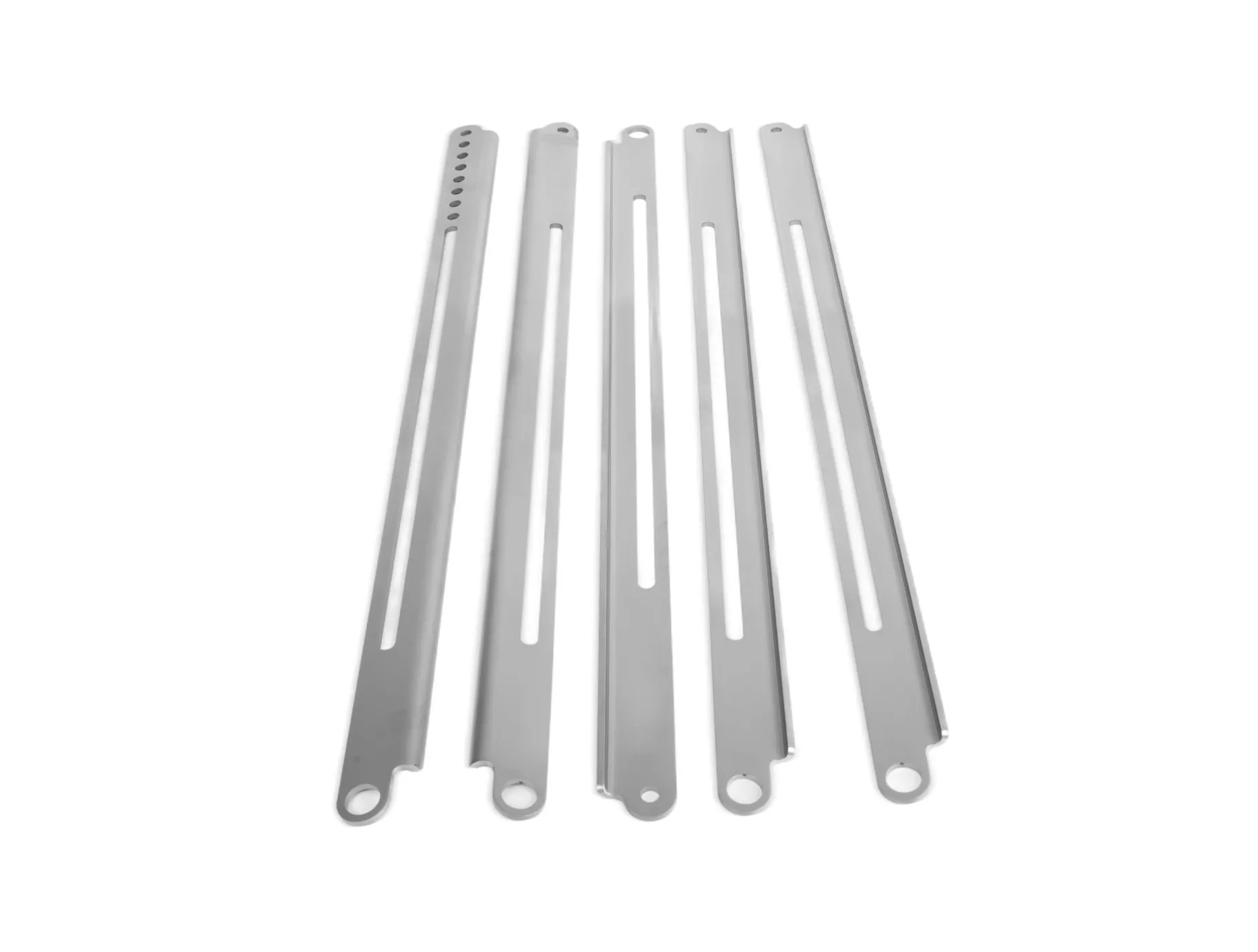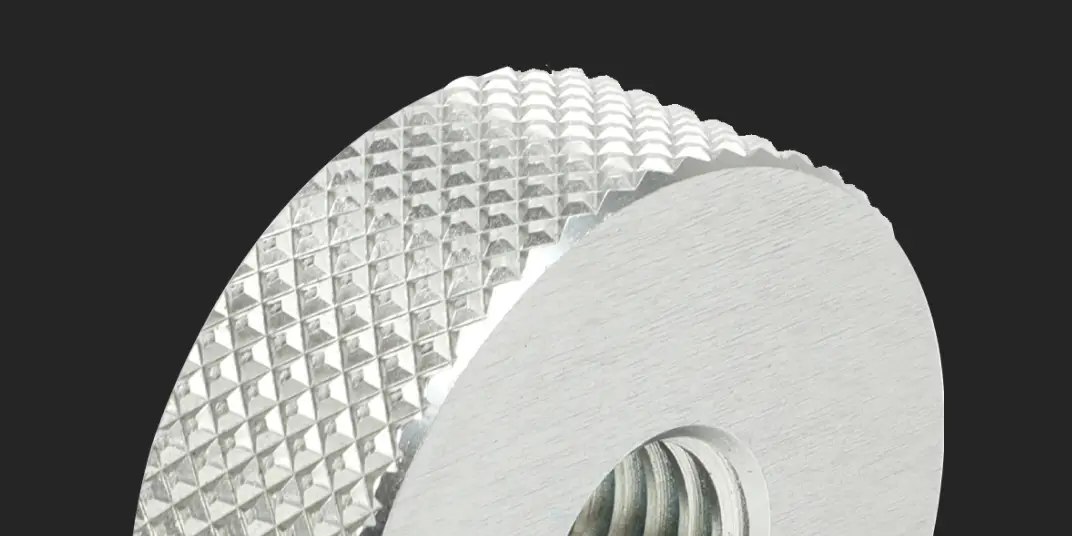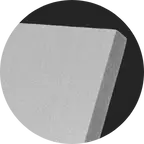All Product Categories
New Energy Series
Charging pile shell
Features: Use high-quality hot-dip plastic, metal alloy or flame-retardant PC/ABS and other composite materials. Use flame-retardant PC/ABS and other materials, meet UL94 V-0 and other flame-retardant standards. Able to resist ultraviolet radiation and oxidation erosion, stable appearance and long life. Our advantages: Safe charging, long service life, beautiful appearance
Product Categories
Product Introduction
Design Drawings

You can choose from various types of design drawings, such as 2D or 3D, for upload.
We will respond within 2-8 hours!
Process Selection
Laser Cutting
01
Suitable for Metals
Stainless Steel, Aluminum, Carbon Steel, Copper, etc.
Advantages
High precision, capable of cutting complex shapes.
Smooth cut surface, no post-processing required.
Can cut thick materials, suitable for various materials.
CNC Punching
02
Suitable for Metals
Thin sheets (such as Aluminum, Copper, Carbon Steel, Stainless Steel)
Advantages
High efficiency, suitable for large batch production.
Can perform punching, notching, forming, and other functions.
Suitable for making holes, cutting, and small complex shapes.
Bending
03
Suitable for Metals
Stainless Steel, Aluminum, Carbon Steel, Copper, etc.
Advantages
Precise bending, meets various angle requirements.
Can be used for making complex structural parts.
No additional welding required, saving time.
Welding
04
Suitable for Metals
Stainless Steel, Carbon Steel, Aluminum, etc.
Advantages
Can connect metals of different thicknesses.
Suitable for large parts and customized product production.
Highly flexible, can connect various metal materials.
Roll Forming
05
Suitable for Metals
Suitable for Metals: Aluminum, Copper, Stainless Steel, etc.
Advantages
High production efficiency, suitable for mass production.
Used for manufacturing parts with continuous curved shapes.
Can process large-sized metal sheets.
Milling
06
Suitable for Metals
Steel, Stainless Steel, Aluminum, Copper, etc.
Advantages
High-precision processing, suitable for complex geometric shapes.
Multi-directional processing, high precision and surface finish.
Material Selection
Carbon Steel (Low, Medium, High)
Stainless Steel
Aluminum Alloy
Copper
Galvanized Steel
Alloy Steel
Titanium Alloy
Aluminum Magnesium Alloy
Stainless Steel Plate
Tool Steel
Surface Treatment
Sheet metal processing standard
| Dimension details | Metric units | Imperial units |
|---|---|---|
| Edge to edge, single surface | ±0.127 mm | ±0.005 inches |
| Edge to hole, single surface | ±0.127 mm | ±0.005 inches |
| Hole to hole, single surface | ±0.127 mm | ±0.005 inches |
| Bend to edge/hole, single surface | ±0.254 mm | ±0.010 inches |
| Edge to feature, multiple surfaces | ±0.762 mm | ±0.010 inches |
| Overformed parts, multiple surfaces | ±0.762 mm | ±0.030 inches |
| Bend angle | ±1° | |
Frequently Asked Questions
Proper storage and handling: Ensure that metal sheets are not in contact with hard objects during handling and storage to prevent surface scratches. Appropriate tools and equipment: Use suitable cutting and stamping tools, and ensure that the tools are sharp to avoid surface damage due to improper or worn-out tools.
Surface protective film: Apply a protective film on the metal surface before processing to reduce the risk of scratches.
Cutting process improvement: Adjusting parameters like cutting speed and pressure to reduce burr formation.
Using deburring solution: In some cases, applying a deburring solution can effectively remove microscopic burrs from metal surfaces.
Control stamping depth: Reducing burrs during stamping by adjusting the die precision and stamping force.
Mold selection: Use a mold suitable for material thickness and bending angle, and ensure that the size and angle of the mold meet the requirements.
Material thickness consistency: Ensure that the thickness of the material used is consistent. Uneven thickness may lead to inaccurate bending angles.
Preheating before bending: For some materials, preheating can reduce stress concentration and improve bending accuracy.
Material issues: Check the quality of the material to ensure that the metal sheet used is free of defects such as cracks and bubbles. If the material itself has defects, it may break during the stamping process.
Stamping speed is too fast: Appropriately reduce the stamping speed to avoid uneven stamping due to stamping too fast, which increases the risk of breakage.
Stamping pressure adjustment: Check whether the pressure of the stamping machine is suitable for the thickness and strength of the material. Too high or too low pressure will cause material breakage problems.
Cutting and punching accuracy: Adjust the cutting, punching and bending process parameters to ensure that the accuracy of each process is within the allowable tolerance range.
Measuring tool issues: Use accurate measuring tools (such as three-coordinate measuring machines, calipers, etc.) to measure dimensions to ensure that there are no errors during the processing.
Material thermal expansion: Metals expand during heating and contract when cooled. When processing in a high temperature environment, the thermal expansion factor of the material needs to be considered.
Surface protection: Use anti-rust coating or paint to protect the surface of sheet metal parts to prevent metal from direct contact with humid air.
Improve storage conditions: Ensure that sheet metal parts are stored in a dry and ventilated environment to avoid erosion by moisture or chemicals.
Regular maintenance: If sheet metal parts are exposed to the outside environment for a long time, regularly clean the surface, maintain the coating or repaint.
Crack problem: Avoid using too high current and heat during welding, avoid rapid cooling, and prevent stress concentration caused by excessive temperature difference. Use suitable welding materials and welding process.
Welding deformation: Use segmented welding and a reasonable welding sequence to reduce deformation caused by thermal stress and avoid welding too many areas at one time.
Welding sequence and method: Use a symmetrical welding sequence and a reasonable welding method, weld gradually in multiple times, avoid excessive heat concentration, and reduce welding stress.
Post-processing process: After welding, appropriate stress relief heat treatment can be performed to relieve residual stress, thereby reducing deformation and cracking.
Correct process parameters: Adjust process parameters such as pressure and temperature during processing to ensure that the metal will not deform during processing.
Choose the appropriate process: In processes such as bending and stamping, reasonably control process parameters to avoid uneven metal surfaces caused by uneven forces.

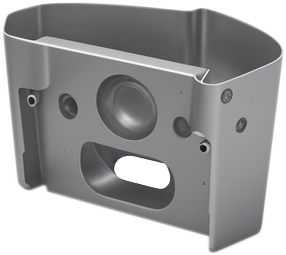

Contact Us
You can reach us through the following four methods. We will respond to your inquiry within 2-8 hours after receiving it.
Call Us
Send an Email
Message Form
Add WeChat or WhatsApp
Upload Drawing
Upload Now
Upload your drawing to get a real-time quote
The documents you upload are strictly confidential and secure
Upload Drawing
Confirm Order
Parts Arrival
